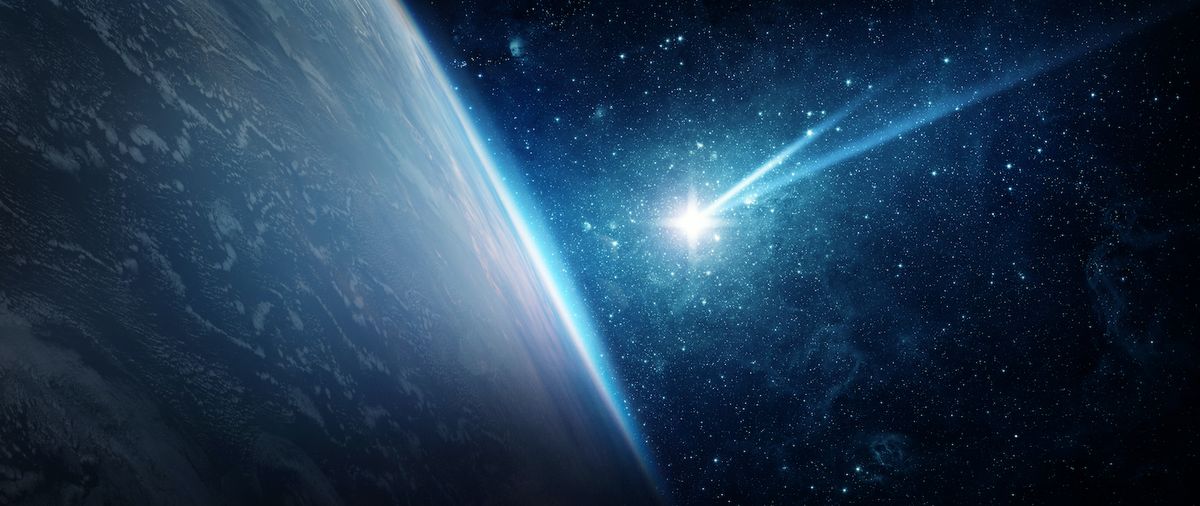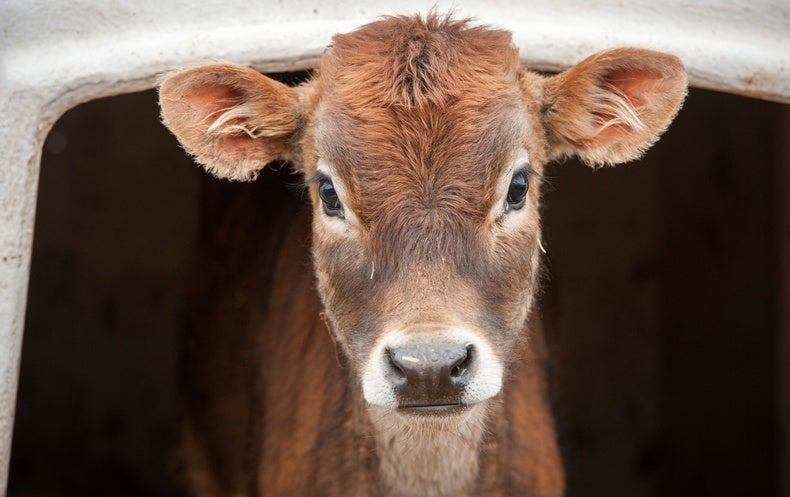This time of year, global and social leaders gather at the United Nations’ Conference of the Parties (COP) to seek solutions and to confront the climate crisis that threatens society as a whole. In these meetings it is common to hear that the Amazon rainforest is the “lungs of the planet,” but this year, as COP’s 27th meeting comes to an end, if we want to make a more accurate analogy, we should refer to the Amazon as the “heart of the planet.”
The Amazon River feeds a tropical forest of 2.86 million square miles, which is nearly the size of the land area of the contiguous U.S. This greenery covers about 5 percent of Earth’s land surface and critically modulates the global climate system. In addition, the Amazon is an unparalleled hotspot of biodiversity. It is home to about one third of all known terrestrial species of plants, animals, and insects, 10 percent of all biomass on the planet and 20 percent of the world’s fresh water. Most importantly, there are more than 500 distinct indigenous peoples in the Amazon rainforest. The Amazon is the lifeblood of a complex web of interconnected ecological systems.
But this system is in danger of collapse, and the politicians and public officials in Amazon countries and beyond have done little to help.
Businesses that extract natural resources and commodities that have great value in the international market, such as oil, timber, minerals, agriculture and livestock, are destroying the land and water in the Amazon. According to the Monitoring of the Andean Amazon Project (MAAP) the Amazon will reach a point where restoration will be impossible in the next 30 years. Contrary to what many people think, protecting the Amazon is not a local issue for the nine countries that make up the Amazon region; it is, and should be recognized as, a global priority issue that affects us all.
It is imperative that governments, businesses, civil society and international organizations support Indigenous peoples in the urgent restoration of ecosystems. We believe that despite the Global North’s responsibility in causing this unparalleled catastrophe, it is Indigenous people in the Amazon basin who will lead the most lasting and bold solutions to the current crisis.
In Ecuador and Peru, Indigenous groups, including the Interethnic Association for the Development of the Peruvian Rainforest (AIDESEP), the Confederation of Indigenous Nationalities of the Ecuadorian Amazon (CONFENIAE) and Coordinator of the Indigenous Organizations of the Amazon Basin (COICA) have organized in defense of their Pachamama, as they call Mother Nature. This alliance is called the Amazon Sacred Headwaters Initiative, and it covers 86 million acres bioregion and is home to more than 600,000 people from 30 Indigenous nationalities.
This alliance is unique, because it is an initiative of Indigenous organizations, led by Indigenous people (27 of 29 members of the governing board are representatives of Indigenous organizations), and it is one of the largest standing forest conservation programs in the world, with a socioecological transition plan that has both territory- and global-level actions.
The main vehicle to achieve the alliance’s goals is the Bioregional Plan 2030, developed over four years with support from leading elders, known as “sábios,” from the Amazonian communities, and world-class international scientists. The plan describes nine transition pathways, such as community-based renewable energy systems and regenerative entrepreneurship, that in turn create social and economic benefits that prioritize protecting nature and the people who live in the Amazon region. The plan will demonstrate that another vision of development is possible, one that doesn’t violate human rights or ecosystems. It will consolidate Amazonian well-being, ensure Indigenous self-determination and territorial governance, and stop the advance of extractive industries. The plan blends both the ancient knowledge of Indigenous peoples and the most rigorous of modern science, to create, for the first time, a comprehensive document on how to fix this crisis.
The ancestral knowledge associated with the relationship of the Amazonian peoples with their territories and forests is also in danger. These Indigenous peoples are ancestral to the Amazon, and the companies and governments that support extraction regardless of environmental or human cost are destroying and displacing the native groups, mostly during the last 50 years. This is in addition to the lost species of plants and animals, many of which are rare and exist nowhere else on earth. The loss of these species means the loss of genetic information that could teach us about evolution, disease, immunity and adaptation to changes in environment, such as climate change. Beyond this, many studies have proven the linkage between biodiversity loss and new diseases, such as zoonotic diseases worldwide, which led to the COVID-19 pandemic. Specifically in the Amazon, there is a study that shows the impacts of diversity loss and climate change on infectious diseases and public health.
Luckily, the Amazon Sacred Headwaters Initiative is not the only collaborative effort to restore the Amazon basin. The Science Panel for the Amazon, composed of over 240 scientists, is the first high-level science initiative dedicated to the Amazon. The panel was established to make clear the scientific, economic and moral case for conservation and to address widespread deforestation, forest degradation and wildfires that have intensified in recent years. Its 2021 Amazon Assessment Report, presented at COP 26, which has been called an “encyclopedia” of the Amazon region, is unprecedented for its scientific and geographic scope, its inclusion of Indigenous scientists, and its transparency, having undergone peer review and public consultation.
The situation is dire but not hopeless. There is no longer room for small actions; it is time for systemic transformations. A study by researchers at Princeton University and elsewhere concluded that deforestation of the Amazon results in up to 20 percent less rainfall in the U.S. Northwest. The hundreds of billions of trees in the Amazon biome have absorbed over a billion metric tons of CO2 per year, equal to about 4 percent of world fossil-fuel emissions. But recent studies suggest that deforestation and degradation are converting the Amazon from a net carbon sink to a carbon source. This is why we say the Amazon is the heart of the planet, because its destruction is not just a “regional” problem; the large range of the consequences make it a global problem.
This effort is a call to all humans, many of whom no longer trust the rhetoric of major global events, national governments, or traditional governance systems. Beyond the financial support that is undoubtedly necessary, this and other similar efforts are trying to avoid a path that will lead to destruction and death and promote a path that leads to regeneration. This path is where all living beings, Indigenous peoples and non-Indigenous, Amazonians and non-Amazonians, human beings and non–human beings alike, can live with dignity and in safety, while also avoiding climate collapse. We have to act boldly and faster. Why not start by protecting the heart of the planet?
This is an opinion and analysis article, and the views expressed by the author or authors are not necessarily those of Scientific American.














